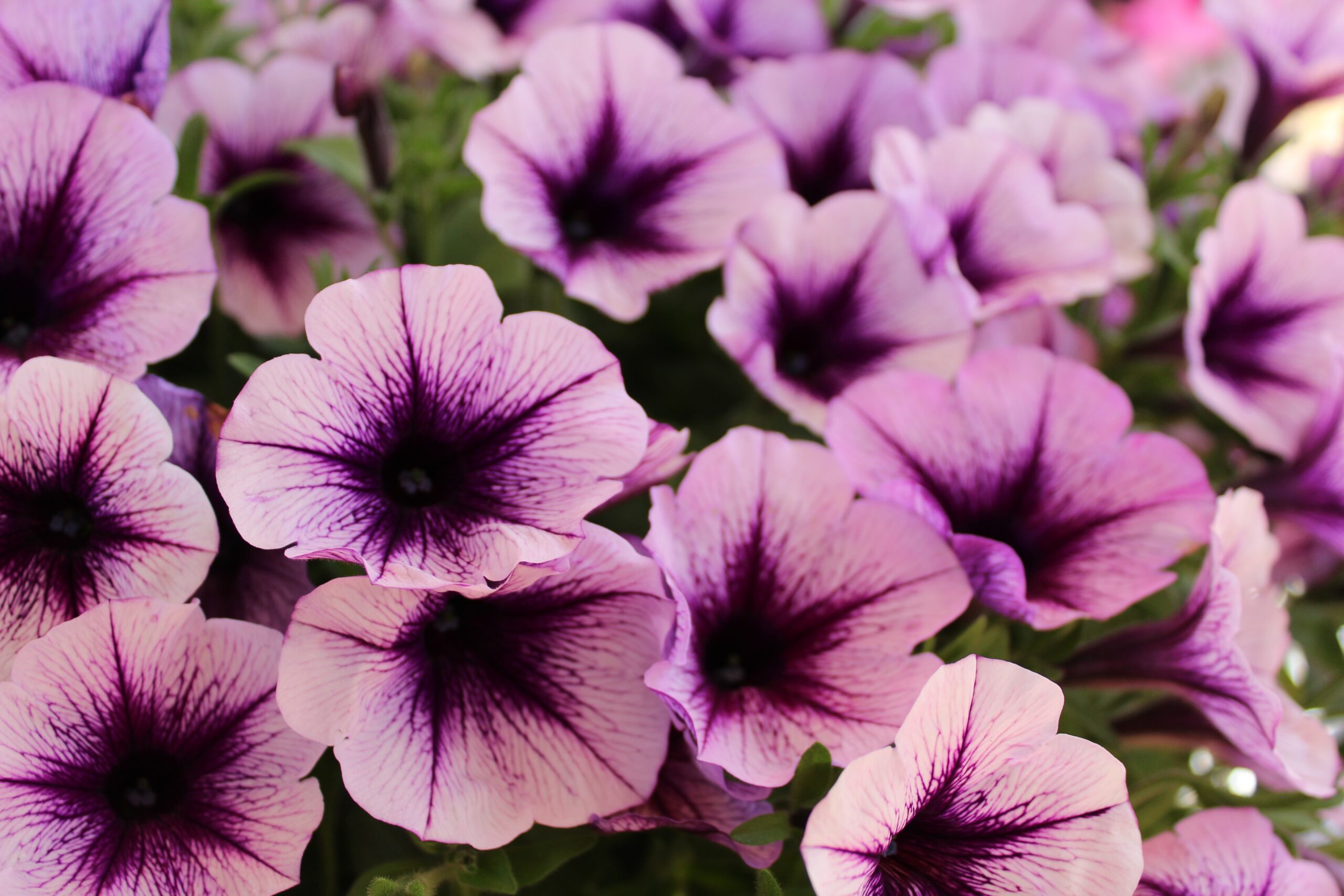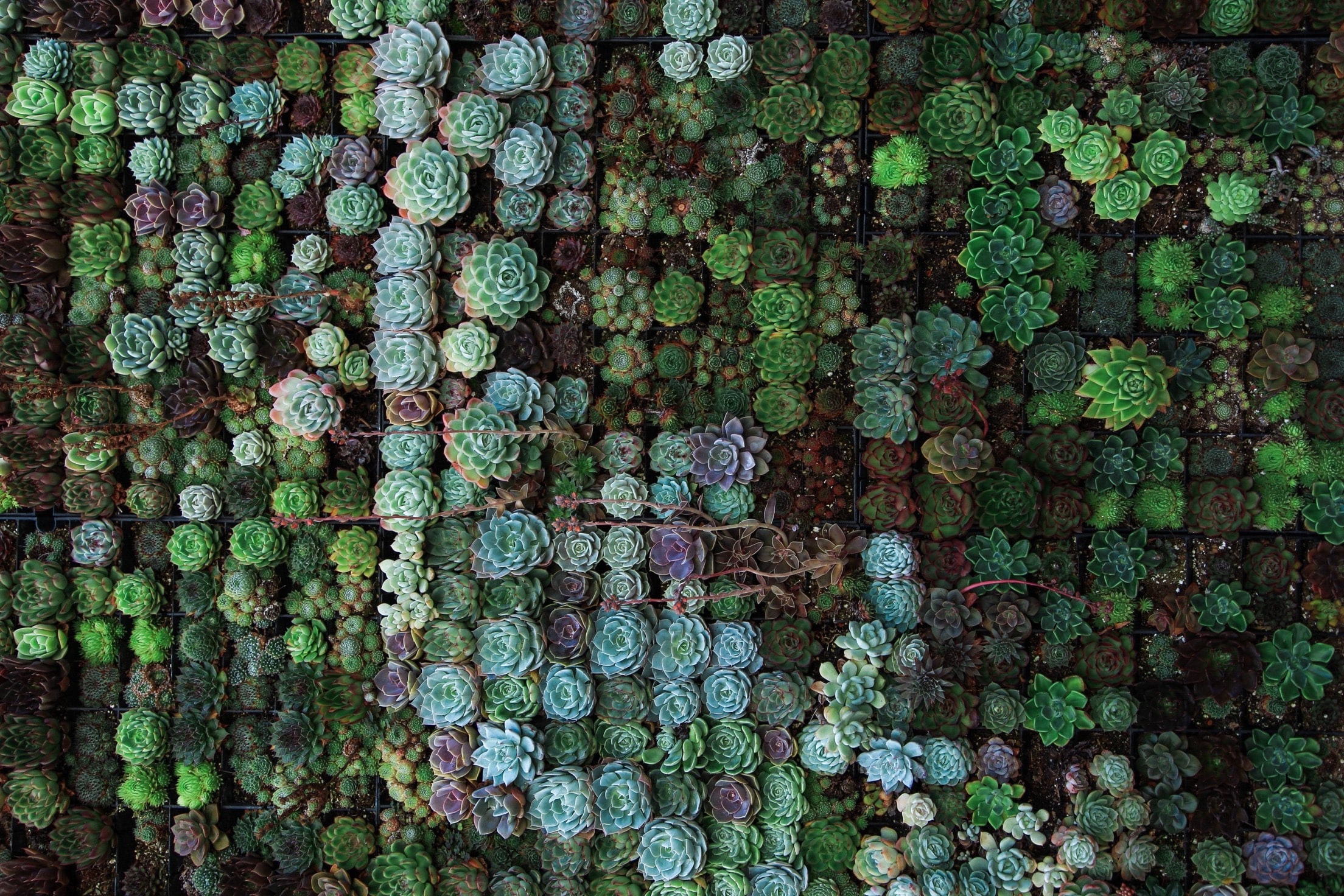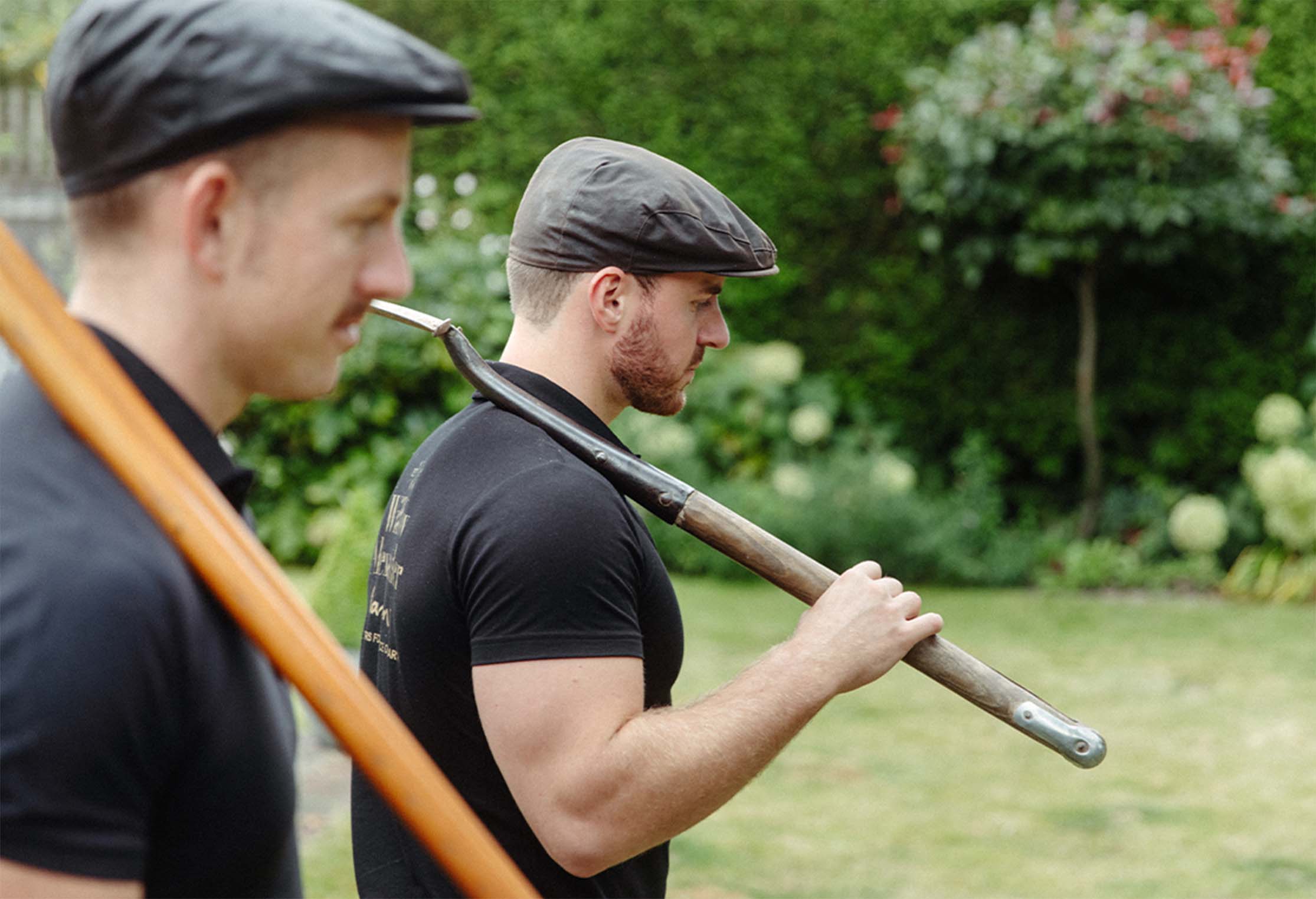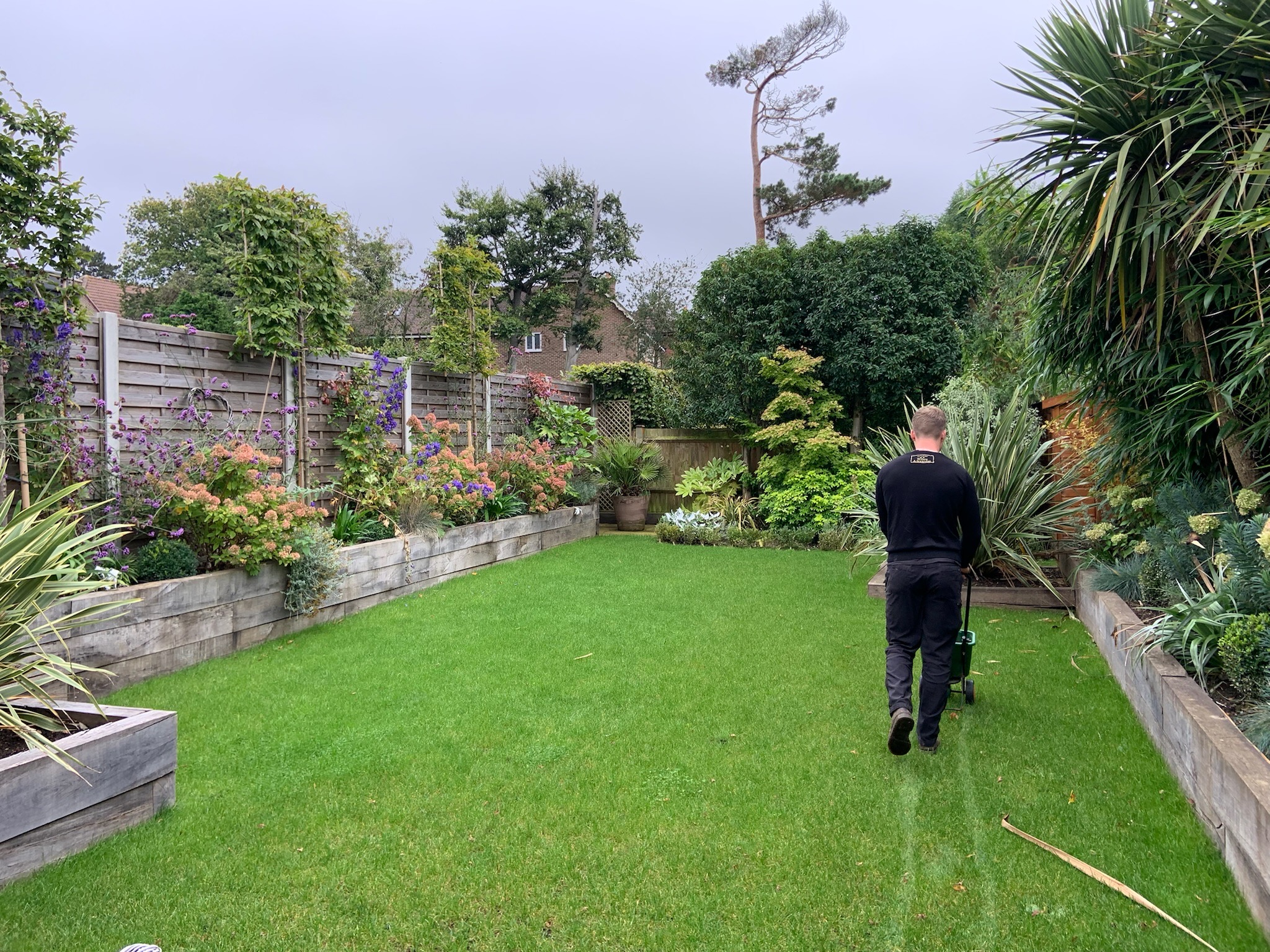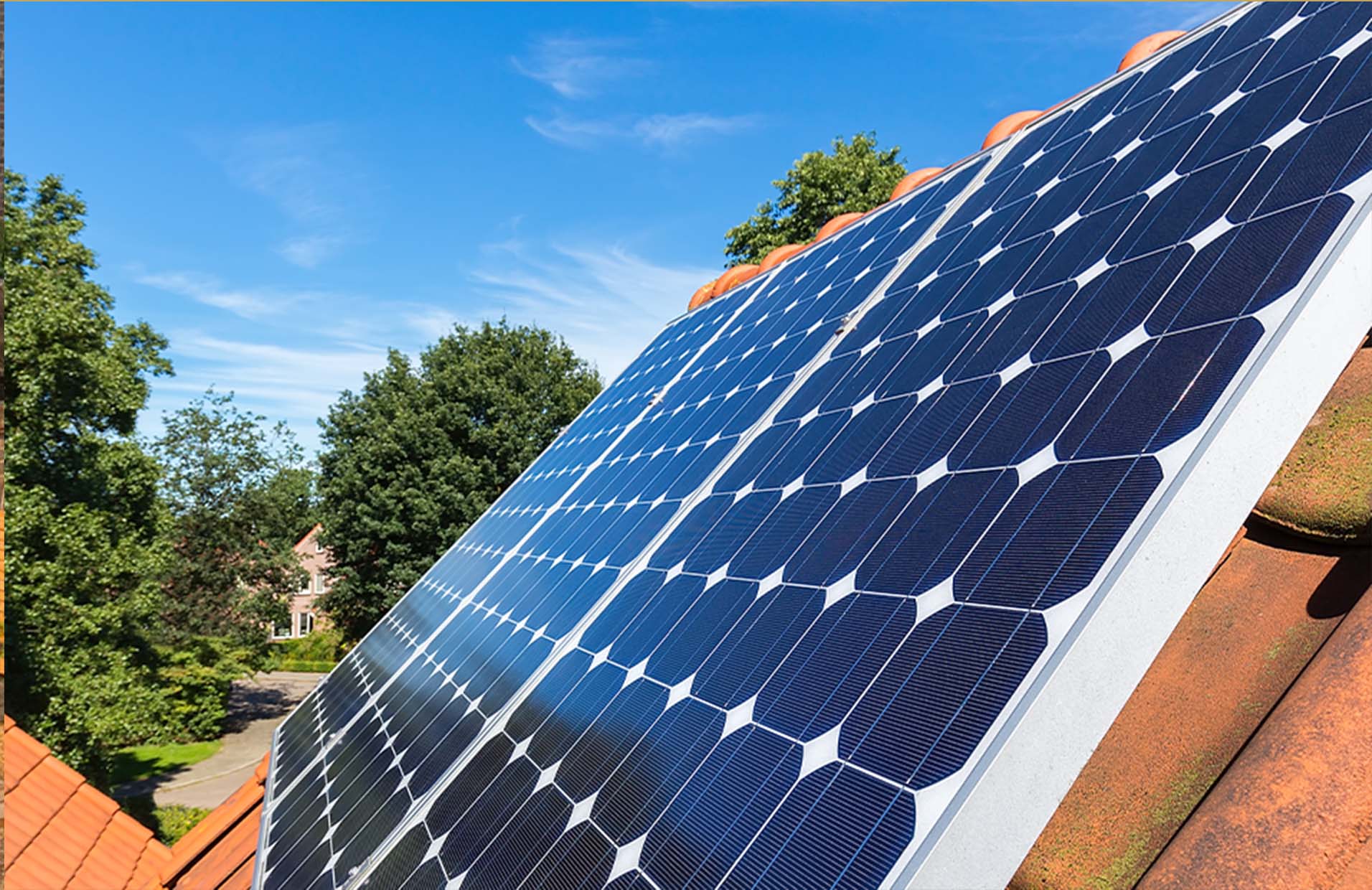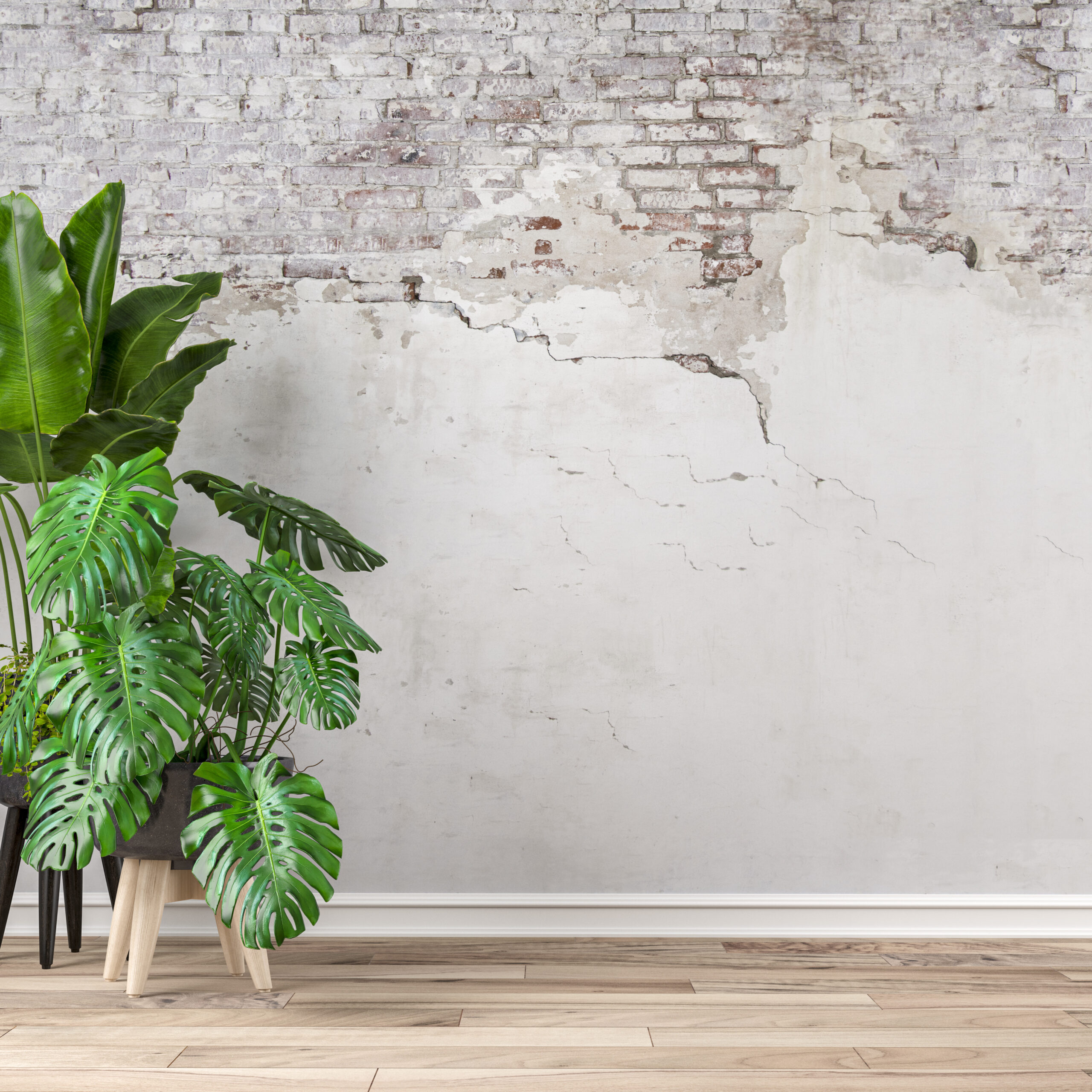Tennis in an English Garden
The battle is on for the Wimbledon titles – arguably the most famous tennis tournament in the world. But do you ever think of Wimbledon as a garden?
The clue might be in the name. No, not Wimbledon but the All England Lawn Tennis and Croquet Club (AELTC) which has been the venue for the Championships since 1877.
While the immaculately striped grass courts might be the centre piece (all credit to the groundskeepers) it’s also worth taking a look at the 42 acres of traditional gardens that make up the rest of the Grounds.
This is schematic gardening on scale. 200 hanging baskets, 1,500 window boxes, topiary tennis balls, a mile of hedge, iconic ivy clad walls (that can grow by up to a foot in a week), rose arbours, and borders packed with flowers. Now imagine undertaking this with a colour palette predominantly made up of green, white and purple.
Suddenly the mastery and immaculate planning of Head Gardener Martyn Falconer becomes apparent. After all, someone has to plan how to plant and coordinate 15,000 petunias, over 1,750 hydrangeas, 660 foxgloves, 575 lupins and the rest that make up the 50,000 plants peaking for the Wimbledon fortnight.
Eco by nature?
The Club could claim to be eco by nature thanks to the fact the courts are grass, but as with every garden it’s actually a tough job transforming to a fully sustainable model. The courts need feeding and watering to keep them in tip top condition (for those interested the rye grass is mown to 8mm for the tournament). The beds need digging, weeding, planting and mulching. The hedges need trimming. The list goes on. And there also isn’t much room for error (or experimentation) when perfection is the only option each summer.
But just like Willow Alexander, Wimbledon has a plan in place. The All England Club’s plan is broken down into four themes – reducing carbon emissions, increasing biodiversity, being resource-efficient and inspiring wider action – all of which are reflected in the garden.
Mindful Maintenance
The scale of the grass may be too much for current battery-operated mowers. Instead the Club uses electric mowers and horticultural equipment around the Grounds. These are powered by renewable energy with the emissions offset for 2022. They then use any garden waste to create their own mulch, an operation that will soon be housed on-site. This year they are also trialling peat-free compost with a view to making the switch in the future. This echoes the RHS’s plan to be 100% peat free by 2025.
Native Planting
They’ve started to reimagine their ‘formal’ garden as one that can include wildflowers. These require less intensive gardening and encourage pollinators. A bank full of British native wildflowers now creates a micro-meadow backdrop to the practice courts. Pollinator flowers are also incorporated into the 245m2 living wall on No.1 Court and there are plans for more living walls and roofs.
Water Preservation
Water usage is obviously a vital part of maintaining the garden and 18 grass courts. Using a water recycling plant 95% of all water used is recycled and water harvesting will be introduced for new developments. The living wall also boasts a state-of-the-art irrigation system that monitors and regulates watering at different points to cater for plants growing in sunlight or shade.
Local Sourcing
Plant sourcing, as we discovered, has a huge carbon footprint and they’re limiting the impact of transportation while supporting the local economy by sourcing plants closer to home. The petunias, for example, are grown just 10 miles from Wimbledon in Banstead. In addition the 28,000kg of strawberries consumed during the fortnight are picked each morning in Kent.
With over 500,000 people attending the Championships each year there are plenty of people to enjoy the vibrant atmosphere the garden creates. In an article in the NY Times in 2019 Martyn Falconer said that visitors are very respectful of the plants despite ‘a little bit of rubbish and a little bit of bum-squashing’!
So next time you turn on the TV to watch the tennis, take your eye off the ball and appreciate the lawns, the window boxes and the English garden that is Wimbledon.
Article written by Maddy Simpson





